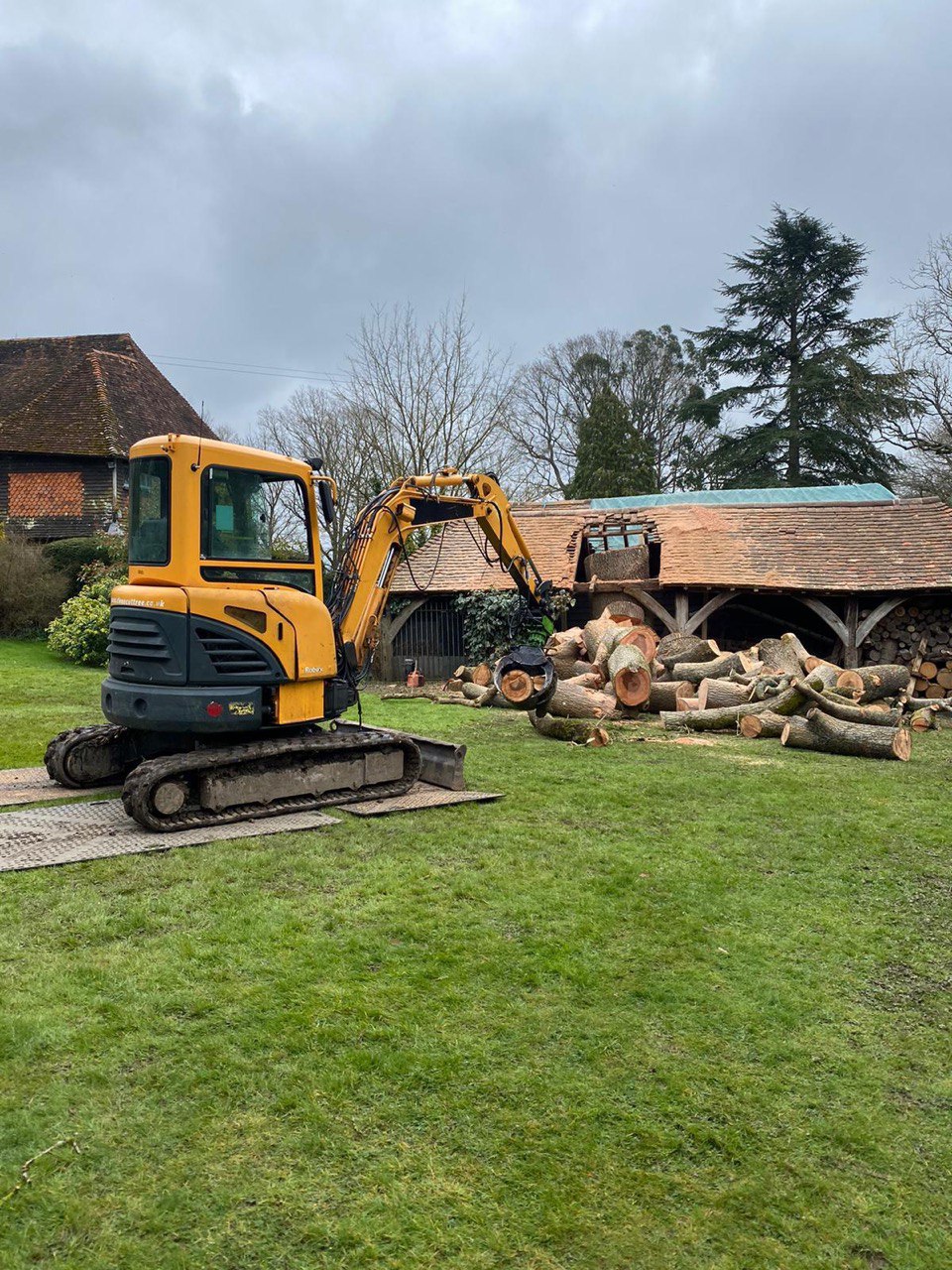
Introduction: Hedges are functional and add aesthetic value to your property. However, to maintain their beauty and health, proper hedge-cutting is essential. Understanding the techniques involved in hedge cutting can help you achieve well-groomed hedges that enhance your landscape. This blog post will explore the hedge-cutting essentials every homeowner should know.
- Choose the Right Time:
Timing is crucial when it comes to hedge cutting. It’s generally best to prune your hedges during the dormant season, typically late winter or early spring. Avoid cutting during the nesting season (usually March to August) to protect birds and other wildlife.
- Invest in Quality Tools:
Having the right tools can make a significant difference in the ease and effectiveness of hedge cutting. Essential tools include hedge shears, pruning shears, loppers, and safety gear such as gloves and safety glasses.
- Know Your Hedge Species:
Different hedge species require different cutting techniques. Some hedges, like boxwoods, benefit from frequent, light trimming to maintain their shape, while others, like yews, can tolerate more severe pruning. Research the specific needs of your hedge species before you start cutting.
- Maintain the Natural Shape:
When cutting hedges, aim to maintain their natural shape. Avoid cutting into the old wood, as it may not produce new growth. Instead, trim the young, green shoots to encourage healthy growth.
- Start at the Bottom:
Begin cutting at the bottom of the hedge and work your way up. Use smooth, sweeping motions, keeping the blade parallel to the ground to create an even surface. A string or guide can help you achieve a straight line.
- Taper the Sides:
For a well-maintained appearance, taper the sides of the hedge. This means cutting the sides at a slight angle so that the top is narrower than the base. This allows sunlight to reach the lower branches, promoting growth and preventing bare spots.
- Maintain the Top:
Trimming the top of the hedge is essential for uniform growth and preventing it from becoming too tall and unruly. Use a level or guide to ensure an even top surface. Be mindful of the height you want to maintain and avoid cutting into older, woody growth.
- Clean Up Debris:
After you’ve finished cutting your hedges, make sure to clean up any fallen leaves and clippings. Leaving debris around the base of your hedge can lead to mould and disease.
- Regular Maintenance:
Hedge cutting is an ongoing process. Regular maintenance, such as light pruning throughout the growing season, can help keep your hedges in top shape and reduce the need for heavy cutting in the future.
- Safety First:
Always prioritise safety when cutting hedges. Wear appropriate protective gear, be cautious of sharp tools, and use a sturdy ladder when needed. If you’re unsure how to cut a tall hedge safely, consider hiring a professional tree care service.
Conclusion: Proper hedge cutting is essential for maintaining healthy, attractive hedges on your property. By understanding the techniques involved and following these hedge-cutting essentials, you can enjoy well-groomed hedges that enhance your landscape’s beauty and functionality. If you have tall or extensive hedges or prefer expert assistance, don’t hesitate to contact a professional tree care provider like Uckfield Tree Surgeons to ensure your hedges receive the care they deserve.
Call us on: 01825 705493
Click here to find out more about Uckfield Tree Surgeons
Click here to complete our contact form and see how we can help with your tree’s needs.